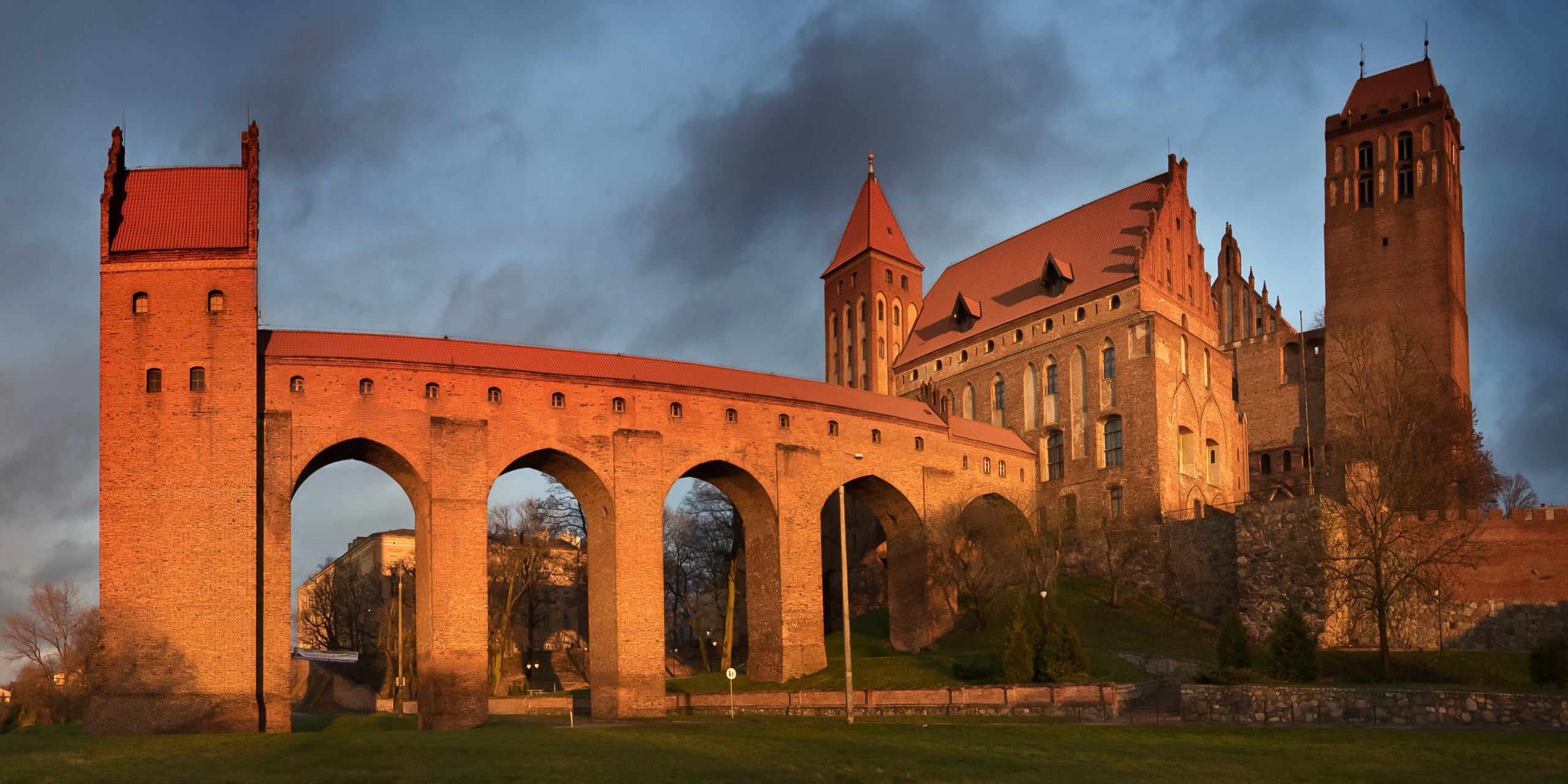Samurai castles
We know the least about exotic castles – for example, Japanese ones.
Initially, the samurai and their overlords lived on their estates, where, apart from the watchtower “yagura” and a small moat around the dwelling, there were no other defensive structures. In case of a protracted war, fortifications were erected on hard-to-reach areas of the mountains, where it was possible to defend against superior enemy forces.
Stone castles began to be built at the end of the 16th century, taking into account European achievements in fortification. An indispensable attribute of a Japanese castle is wide and deep artificial ditches with steep slopes that surrounded it from all sides. Usually they were filled with water, but sometimes this function was performed by a natural water barrier – a river, a lake, a swamp.
Inside, the castle was a complex system of defensive structures, consisting of several rows of walls with courtyards and gates, underground corridors and labyrinths. All these structures were located around the central square of the honmaru, on which the feudal lord’s palace and the high central tenshukaku tower were erected. The latter consisted of several rectangular tiers gradually decreasing upwards with protruding tiled roofs and gables.

Japanese castles, as a rule, were small – about 200 meters long and 500 wide. But among them there were also real giants. Thus, Odawara Castle occupied an area of 170 hectares, and the total length of its fortress walls reached 5 kilometers.
Fights on the stairs of the castle
It was possible to get from one floor of the tower to another only through a narrow and steep spiral staircase. The ascent along it was carried out only one after another – it was so narrow. At the same time, the warrior who went first could only rely on his own ability to fight, because the steepness of the turn of the turn was chosen in such a way that it was impossible to use a spear or a long sword from behind the leader.
Therefore, the fights on the stairs were reduced to single combat between the defenders of the castle and one of the attackers. It was the defenders, because they could easily replace each other, since a special extended area was located behind their backs.
In all castles, the stairs are twisted clockwise. There is only one castle with a reverse twist – the fortress of the Wallenstein counts. When studying the history of this family, it turned out that most of the men in it were left-handed. Thanks to this, historians realized that such a design of stairs greatly facilitates the work of the defenders.
The strongest blow with the sword can be delivered towards your left shoulder, and the shield in your left hand covers the body best from this direction. All these advantages are available only to the defender. The attacker, on the other hand, can only strike to the right side, but his striking arm will be pressed against the wall. If he puts forward a shield, he will almost lose the ability to use weapons.
Later, with the advent of gunpowder weapons, bombs were planted in tunnels under the walls of castles. To neutralize the tunnel, the besieged sometimes dug counterdigs. Enemy sappers were poured with boiling water, bees were launched into the tunnel, feces were poured there (and in ancient times, the Carthaginians launched live crocodiles into Roman tunnels).
Curious devices were used to detect tunnels. For example, large copper bowls with balls inside were placed throughout the castle. If the ball in any bowl began to tremble, this was a sure sign that a mine was being dug nearby.
But the main argument in the attack on the castle were siege machines – catapults and battering rams. The first ones were not much different from those catapults that were used by the Romans.
These devices were equipped with a counterweight, giving the throwing arm the greatest force. With proper dexterity of the “gun crew”, catapults were quite accurate weapons. They threw large, smoothly hewn stones, and the combat range (on average, several hundred meters) was regulated by the weight of the shells.

The charm of antiquity
Castles are being built to this day. Those of them that were in state ownership are often returned to the descendants of ancient families. Castles are a symbol of the influence of their owners. They are an example of an ideal compositional solution that combines unity (defense considerations did not allow picturesque distribution of buildings across the territory), multi-level buildings (main and secondary) and the ultimate functionality of all components. Elements of the castle’s architecture have already become archetypes – for example, a castle tower with battlements: its image sits in the subconscious of any more or less educated person.
And finally, we love castles because they are simply romantic. Knightly tournaments, ceremonial receptions, vile conspiracies, secret passages, ghosts, treasures – in relation to castles, all this ceases to be a legend and turns into history. Here, the expression “walls remember” fits perfectly: it seems that every stone of the castle breathes and hides a secret. I would like to believe that medieval castles will continue to retain an aura of mystery – because without it they will sooner or later turn into an old pile of stones.
